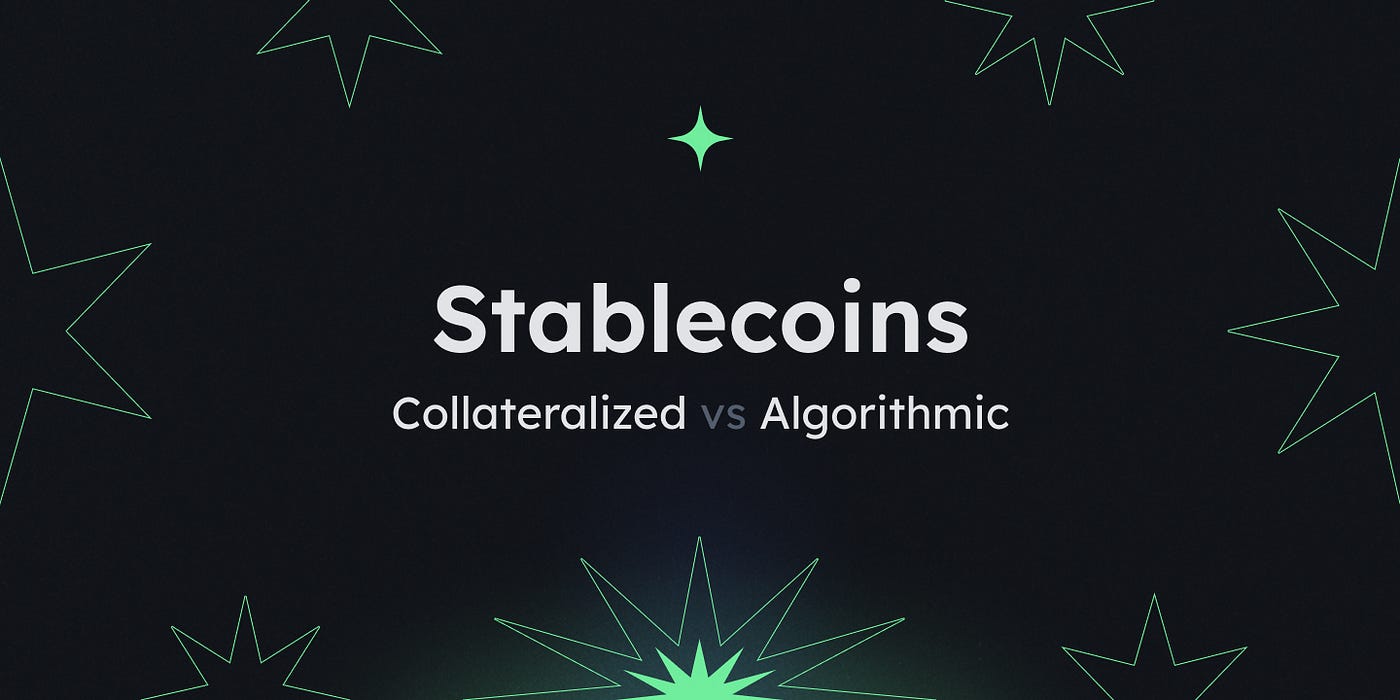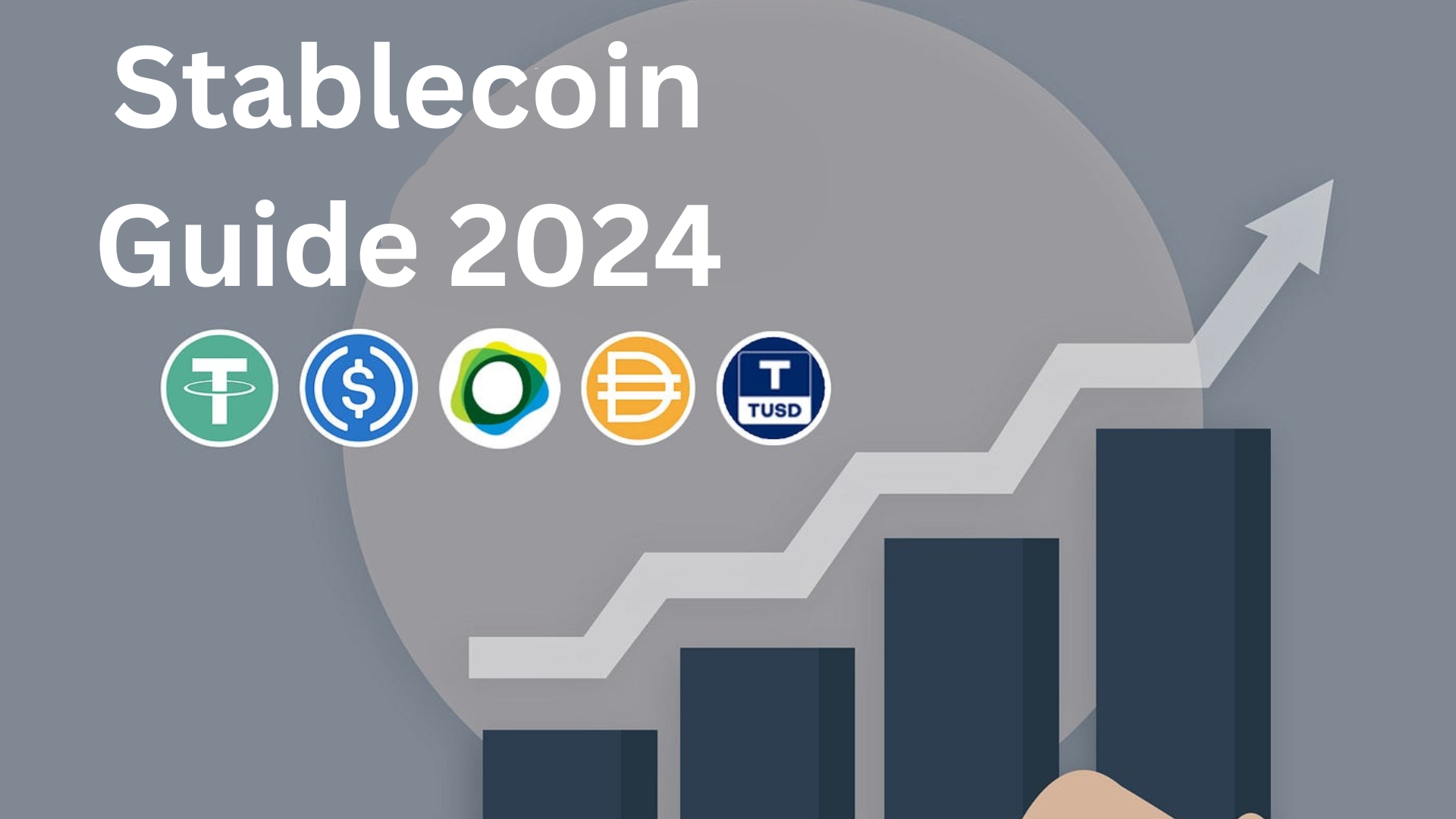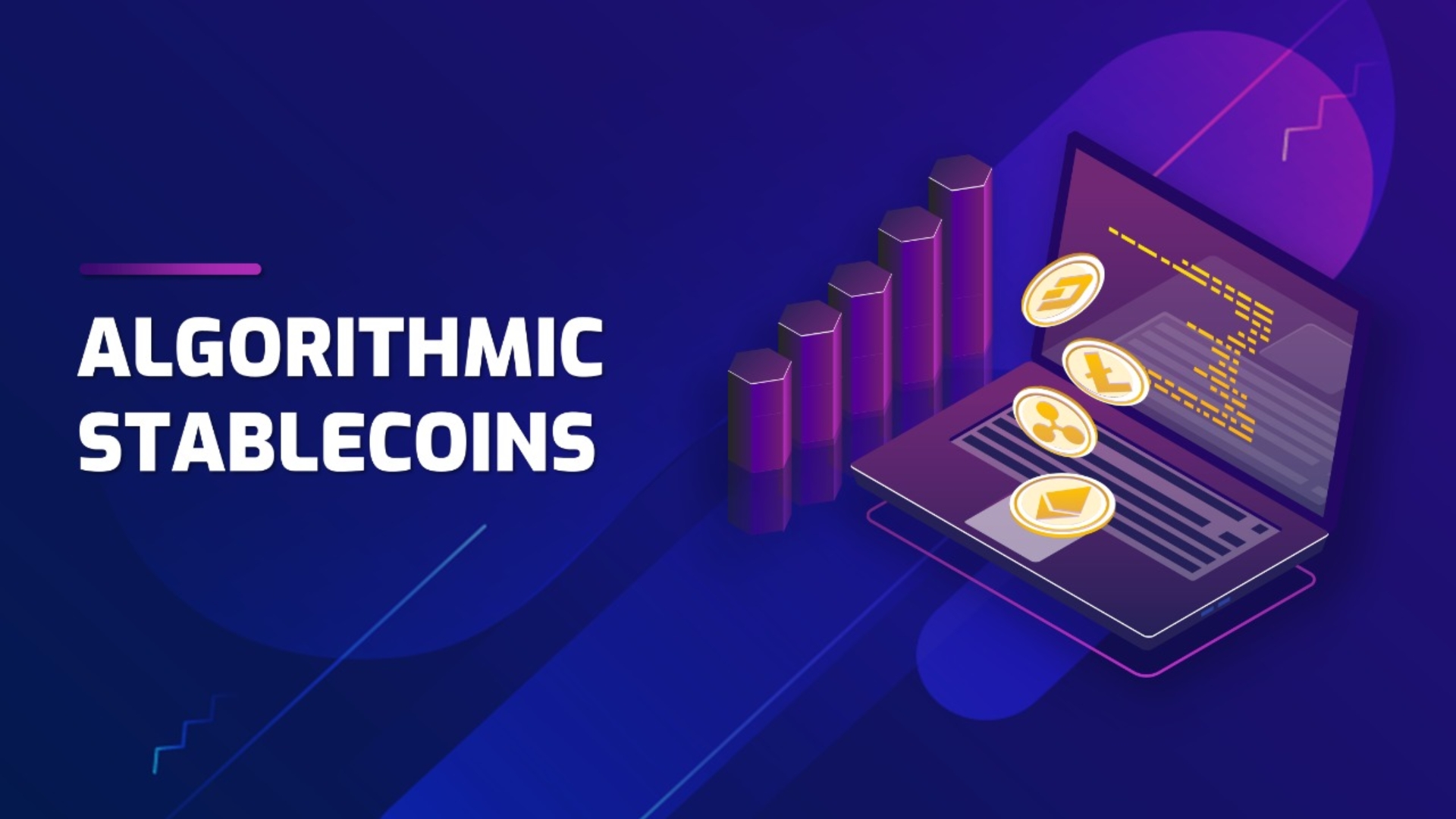What are Rollups For Bitcoin?

What are Rollups For Bitcoin? One potential solution that has surfaced in Bitcoin is rollups, which have the potential to address the two biggest problems with major cryptocurrency networks: scalability and efficiency. By first processing transactions off-chain and then combining them into one on the main blockchain, rollups provide a unique solution that satisfies both the requirement for decentralized security and the desire for increased transaction throughput. Due to this method, Decentralized Applications (DApps) that can run at scale without sacrificing security or decentralization are possible, improving the speed of underlying networks.
Why are Bitcoiners Excited About Rollups?
The idea of Bitcoin rollups is based on scaling strategies that have been successful in the larger Web3 multichain Decentralized Finance (DeFi) ecosystem. When implemented, rollups would greatly improve Bitcoin’s usability and scalability. These scaling solutions that operate off-chain execute transactions independently of the main Bitcoin network and then combine or “roll up” these transactions into one. Layer 1 (L1) of the Bitcoin blockchain is where this bundled data is posted for data availability. Potentially alleviating congestion and reducing transaction costs on the Bitcoin network, this approach drastically decreases the amount of data that needs to be stored on-chain.
Bitcoin rollups are mostly assessed as valid or sovereign. Validity rollups employ cryptographic proofs, specifically validity proofs, to verify L1 blockchain off-chain transaction executions. These proofs compress transaction data within the proof to propose only accurate changes to the main blockchain. State changes are verified by network nodes in sovereign rollups, and the L1 blockchain is solely used for data availability. Due to this method’s more flexible execution context investigation, the Bitcoin ecosystem could benefit from more apps and services.
Using Bitcoin rollups requires various technical considerations. If Bitcoin were to integrate validity rollups, a soft fork would be needed to provide new features like the ability to understand and process validity evidence. Because they store data in Bitcoin without changing consensus rules, sovereign rollups can be introduced without changing the system. Sovereign rollups could temporarily boost Bitcoin’s capabilities without affecting its underlying principles.
Bitcoin rollups may solve Bitcoin’s scalability and operating issues. Rollups can better leverage blockchain space and allow new apps, which could boost Bitcoin users and use cases. As this technology advances and is researched, Bitcoin’s utility may increase, ushering in a golden age for the world’s first and most famous cryptocurrency.
What Bitcoin Rollups are Being Considered?
The Bitcoin community has investigated several rollup technologies. Rollups enable off-chain processing of transactions, with the main blockchain just recording the final state. The network becomes more efficient for users and developers due to the significant increase in transaction throughput and reduced fees. Optimistic, sovereign, and validity rollups (including zero-knowledge) are the three most prominent rollups currently being considered for Bitcoin. Various rollups tackle the scalability problem from various perspectives, each with its own set of advantages and disadvantages in complexity, decentralization, and security.
Optimistic Rollups
Optimistic Rollups are based on trust, but they also have a way to settle disagreements. By default, transactions are batched and executed off-chain with the assumption that they are genuine. After that, the main chain receives the compiled results. However, any network member might dispute these transactions while the challenge is ongoing. To maintain the integrity of the blockchain, any fraudulent transactions are immediately reversed. This architecture enables better scalability, but the dispute window causes transactions to be delayed in finality. Although they necessitate extra on-chain capacity for dispute resolution data, Optimistic Rollups’ key benefit is their simplicity and ease of integration with existing systems.
Sovereign Rollups

In contrast, Sovereign Rollups operate autonomously. For data availability only, they use the main Bitcoin blockchain; for transaction verification and execution, they employ their consensus processes. With this paradigm, rollups have more leeway regarding the rules and execution environments they can support, allowing for the creating of bespoke blockchains with distinct characteristics that can nevertheless take advantage of Bitcoin’s strong security measures for data storage. In light of Bitcoin’s scripting restrictions, Sovereign Rollups provide a mechanism for novel blockchain applications to be created on top of Bitcoin. However, the security and integrity of these rollups are highly dependent on their particular designs and the resilience of their consensus procedures due to their independence.
Validity/ZK Rollups
Validity Rollup, which includes Zero-Knowledge Rollup, is a safety and technical breakthrough. They use cryptographic proofs to verify off-chain transaction batches without revealing data. Zero-knowledge rollups use proofs to provide scalability and privacy. This technique offers excellent security and efficient transaction processing because the main chain examines batches of transactions for validity without executing them. Recent advances make zero-knowledge proofs more plausible, but their complexity and processing requirements remain.
The community’s investigation of Bitcoin rollup solutions shows its commitment to scalability while leveraging Bitcoin’s unrivaled security and network benefits. Rollups offer different decentralization, privacy, and efficiency degrees to meet user and developer needs. As they grow, these technologies could make Bitcoin a more adaptable and popular platform for decentralized apps.
Which Bitcoin Projects Use Rollups?
Multiple Bitcoin ecosystem initiatives are leading the way in deploying rollups to address scalability challenges. Each project approaches Bitcoin rollup integration scalability, security, and usefulness differently. These attempts circumvent Bitcoin’s blockchain constraints to increase smart contract capabilities and transaction throughput while maintaining the network’s decentralization and security.
BitcoinOS, developed by Sovryn, aims to create an interoperable rollup layer on Bitcoin. BitcoinOS’s public infrastructure facilitates decentralized app creation through interoperable rollups. BitcoinOS uses Sovryn rollups to establish a scalable, adaptable ecosystem that optimizes Bitcoin’s use case while maintaining its ideals. Building a decentralized network of rollups on the Bitcoin blockchain to accommodate complex applications is crucial to this strategy.
Chainway’s ambitious sovereign rollup Citron attempts to add smart contract capabilities to Bitcoin. Citrea publishes data on the Bitcoin blockchain but uses its consensus method to verify and execute transactions. Citrea provides a more flexible and powerful execution environment for decentralized programs leveraging this paradigm by bridging Bitcoin’s safe and robust data layer with the need for more intricate on-chain interactions. Chainway’s method emphasizes how sovereign rollups may bridge Bitcoin’s security and smart contract platforms’ utility.
Meanwhile, Celestia’s Rollkit architecture allows Bitcoin-based sovereign rollup solutions. Rollkit lets developers design unique rollups using Bitcoin for data availability for decentralized banking and non-fungible tokens. This demonstration shows how rollup technology may be adapted to Bitcoin ecosystem application cases. Rollkit builds customized rollup solutions that foster innovation on Bitcoin’s blockchain through modularity and developer flexibility.
These initiatives are pioneering Bitcoin rollup technology and working in diverse ways to make Bitcoin more practical and scalable. Each iteration of these initiatives strengthens and adapts the Bitcoin network, making it more resilient to more use cases and applications.





